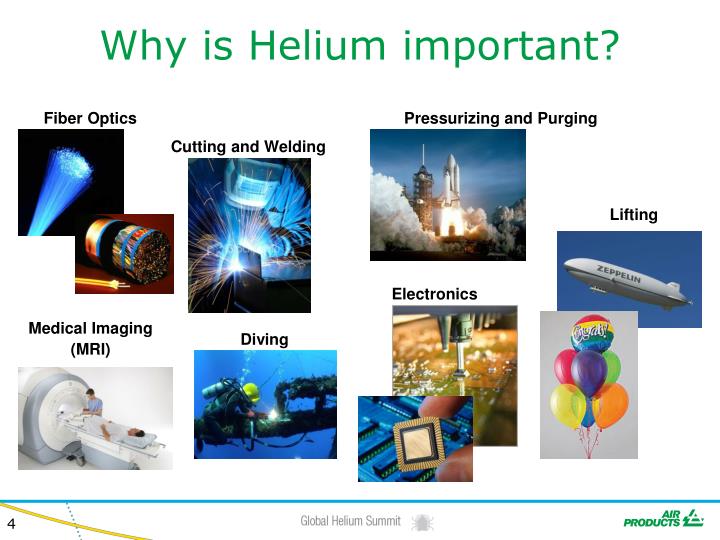

It is also widely used in semiconductor and fiber optic cable manufacturing, an application that has seen a steep growth in recent years. Helium's major application is in the healthcare sector, mostly as a cooling gas in magnetic resonance imaging (MRI) and nuclear magnetic resonance (NMR) spectrometers. As of 2021, the country's helium reserves stood at 8.5 billion cubic meters, surpassing the reserves of runners-up Algeria and Russia combined. Apart from being the world’s main producer and one of the largest helium consumers, the U.S holds the most extensive helium reserves worldwide. In 2021, global sales of helium produced in the United States amounted to 77 million cubic meters, whereas domestic helium consumption reached 40 million cubic meters. It is an odorless, colorless, tasteless monoatomic gas that presents a very low chemical reactivity. Helium is one of the six naturally occurring noble gases. stood at approximately 77 million cubic meters, taking into account helium extracted from natural gas and helium production from the Cliffside gas field in Texas. In 2021, the production of helium in the U.S. This appears to be exactly what occurred in Tanzania, where helium gas can be found bubbling out of the ground.4 The link of volcanic activity and surface. If one inhales larger amounts of helium gas this may force away oxygen, and therefore lead to asphyxia.The United States is the largest helium producer worldwide. Helium gas is relatively harmless, when inhaled in small amounts. Helium in drinking water is insignificant, for all the above-mentioned reasons. Helium does not play any vital role in physical processes, but it is not toxic, either. Helium is not a dietary mineral for humans, and only an extremely small amount is present in the human body. The excited electron leaves its electron shell and orbits the nucleus of the atom. What are the health effects of helium in water? The glow comes from an electron of the gas becoming excited from the energy. Today, six other unstable isotopes exist. There are two separate helium isotopes that are both non-radioactive. Helium is not a dietary mineral for any organism. As was described earlier, helium is only present in water in very small amounts. Helium does not dissolve in water, and therefore normally does not damage the environment. What are the environmental effects of helium in water? The 3He isotope is a tritium splitting product that does not escape to the atmosphere, but rather accumulates in water. After nuclear accidents or nuclear weapon testing, helium can be applied to determine radioactivity and water contamination. Helium can end up in water directly, when it is applied as a tracer to find leaks. Helium compound E939 is applied as a food additive. Helium is very suitable for low-temperature instruments, because it is liquid only when temperatures are below -269 oC. It is also applied in gas lasers, and as a protective coating for various substances.

Helium is applied as a cooling agent for nuclear reactors, in scuba diving, in hot air balloons (it has the same capacity as hydrogen), and for light bow welding.

Helium may escape through splits in the earth's crust. Uranium minerals contain small amounts of helium. At T = 20 oC and pressure = 1 bar, only 1.5 mg helium dissolves in water. No single gas has a lower solubility than does helium. Solubility of helium and helium compounds (We can now produce some non-stable helium compounds, such as VHe 3+ and HePtHe 2+). In what way and in what form does helium react with water?Ītomic helium does not react with water, nor with any other substance. Concentrations are relatively low, because helium as a noble gas only occurs as separate atoms, and usually does not react with any other particles. Helium concentrations in seawater are no higher than 4-7 ppt. However, the atmosphere contains only 5 ppm volume of helium. Helium is the second most prevalent element in the universe, after hydrogen. Helium (He) and water Helium and water: reaction mechanisms, environmental impact and health effects Separation and Concentration Purification Request.Plant Inspection & Process Optimalisation.


 0 kommentar(er)
0 kommentar(er)
